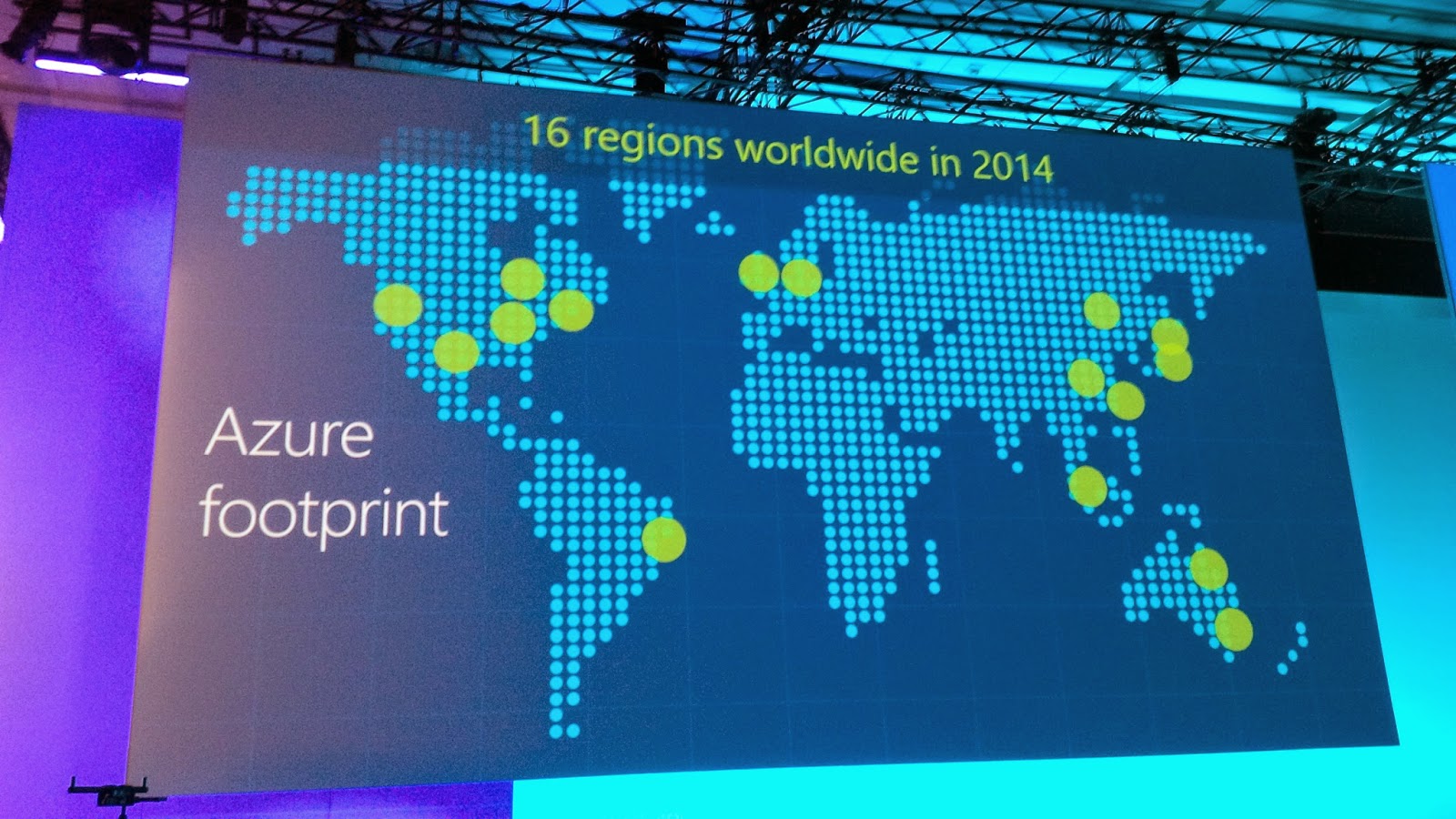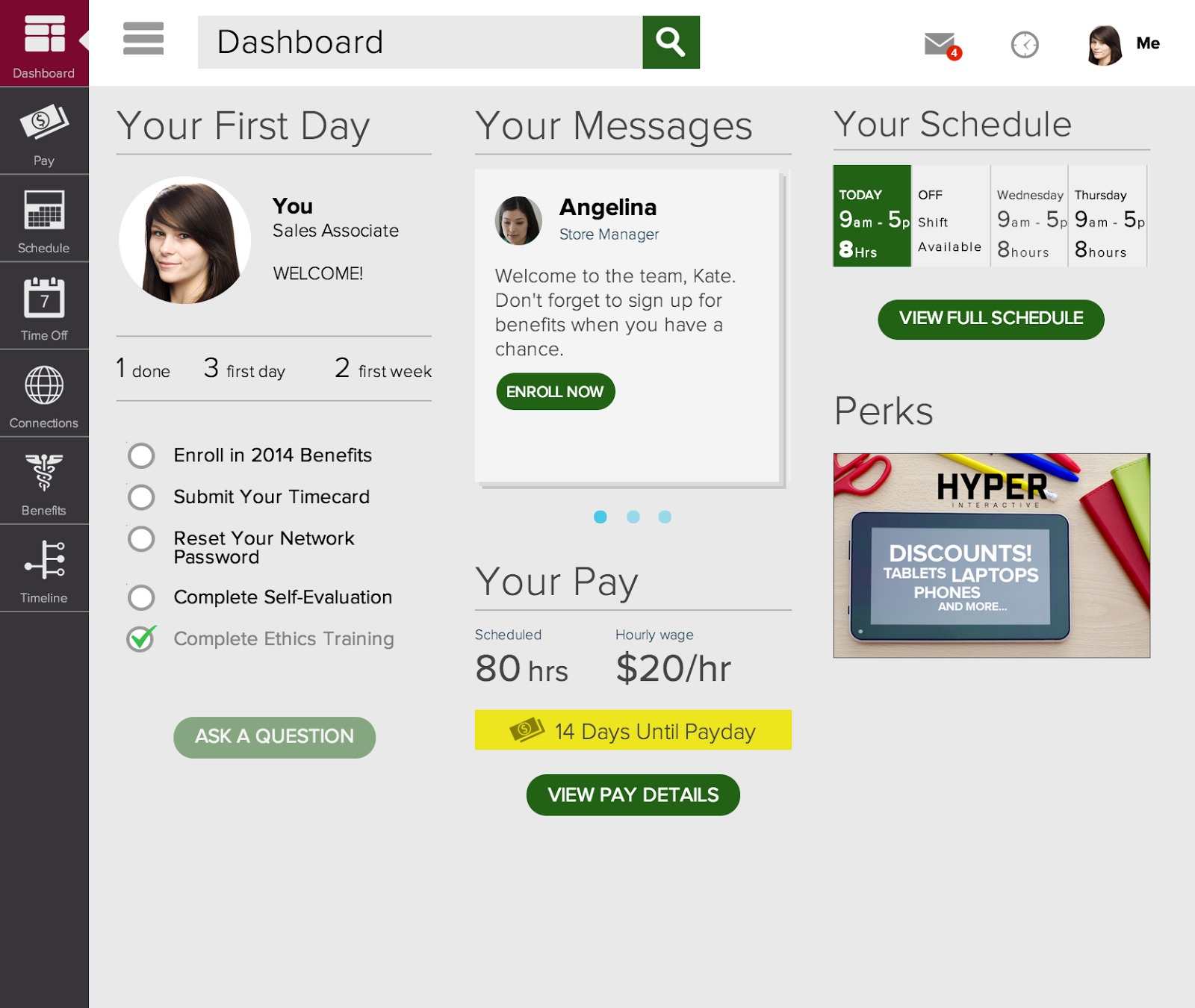Enjoying my first week of no work related travel for 2014 I watched the keynote of HR 2014 remotely – many thanks to WisPubs for that service. I did the same in 2013 – so it’s a good way to compare the two events, and what a difference a year makes. For reference hereare my 2013 takeaways.
Top 3 Keynote takeaways
Trying to keep this a short post – here are my top 3 takeaways from the Price / Ludlow keynote:
- SAP paints the wider SaaS message– Not surprisingly Price painted the larger SaaS message – beyond HCM, which is ultimately his new organizational responsibility, too. But it could be clearer what the benefits are for e.g. running SuccessFactors with procurement or CRM in the cloud. SAP generally struggles with the topic – see Calderoni’s ill-fated pitch of procurement to the assembled Sapphire audience last year. It’s not clear what makes this hard – except for the integration challenges that are present across the difference platforms. But that should in my view not hold SAP back to draw the larger picture, combine it with a roadmap and deliver to it.
- EmployeeCentral is where the investment is– Confirming what we have been seeing – this is where most of the investment and traction is for SAP. More localization and more payroll support coupled with a good and well sellable ecosystem strategy are the things that work very well for EmployeeCentral. SAP has gone beyond adding pure functionality and with the Upgrade Center has made it easier for customers to identify upgrade induced changes and control their update via the “Update Now” button.
On the flipside SAP needs to keep in mind its talent management capabilities remain competitive – at least good enough – starting with the recruiting area. But it looks this area is quiet and that Learning may see earlier investment.
- On premise is alive and well– SAP keeps delivering based on its HCM renovation commitment and deserves kudos as it delivers to roadmap – with payroll investment scheduled for 2014. The new payroll administration screens look very good – think of Fiori UI experience for SAP Payroll. Conveniently these investments complement the EmployeeCentral payroll offering, too – so SAP is seeing a good return of R&D investment.
General Takeaways
- What a difference 12 months can make– HR2013 was all about showing that SAP is serious in keeping investment in SAP HCM. The new ESS / MSS user interface was shown and has now been delivered. SAP has delivered to its renovation roadmap and is finishing this around payroll. But SAP did not address the roadmap beyond 2014 for SAP HCM – something the company needs to do latest at Sapphire. Still the bulk of SAP’s HCM customers are on SAP HCM and pay decent maintenance dollars. With last year’s promise of maintaining SAP HCM till 2020, SAP needs to show value for on premise HCM in form of a new roadmap soon.
- Payroll remains SAP’s higher ground– At some point SAP should erect a monument for Klaus Tschira, the SAP co-founder who was allowed to ‘dabble’ in HCM by his peers and who was key at coming up with the infotype architecture and a sleek payroll engine. Certainly SAP had the location advantage of being based in Europe to understand multiple statutory and language requirements better than other e.g. US based vendors. So the investment into around 50+ country support for payroll remains untouched and a formidable challenge for its competitors. And SAP is wisely propagating and rightfully messaging this. As long as payroll remains a minefield enterprises need to walk through once (or even twice) a month – solving and addressing that by one vendor is of immense value to clients. Couple that with the talent management and include payroll information in advanced analytics remains a very powerful foundation for making the right HCM decisions.
- A working ecosystem strategy– SAP is doing well with its 4 step ecosystem strategy – of SAP to SAP integration (well not really ecosystem), joint go to market partners, 3rd party pre-delivered content and (43 certified) SI partners. Sometimes partnerships work well because they are needed and SAP (really) needs good answers for US benefits and workforce management (Kronos and Workforce).
- Progress on transition scenarios– SAP did a good job running the audience through the three transition scenarios from on premise to cloud based offerings. SAP offers to run talent in the cloud or a full cloud based HCM offering. And then there is the (I guess originally inspired by byDesign) side by side scenario of running cloud HCM in subsidiaries and staying on premise at headquarters. The latter scenario is where we see customers looking for complimentary cloud based solutions – if they do not have them already. But now SAP has an offering for this scenario.
- Solid innovation – SAP showed improvements for Onboarding and Succession Management. But the highlight of the show was certainly its Headlines functionality. Making business data presentable has been always manual labor coupled with Microsoft Office skills. With the new Headlines functionality HCM transaction data comes alive in e.g. Microsoft PowerPoint, and not in a static way – but with embedded links, that lead back to the transactional information. User will be delighted.
- Integration concerns – One of the overall challenges we have been addressing and seeing for SAP is the lack of a competitive integration tool / middleware. The answer used to be NetWeaver PI, but it’s unlikely that this will be the backbone for integrating products SAP has acquired, legacy older SAP products and new (HANA built) SAP products – or even now partner built products (see our takeaway of the new SAP / Accenture Group here). And will HANA Cloud Platform is making progress – its integration capabilities do not seem to be first order of investment priority. Let’s not forget that EmployeeCentral was created while SuccessFactors was still an independent company, making it the integration tool and repository for the various product that the company had acquired.
This puts SAP at a disadvantage in integration scenarios – that are the daily challenge for HCM applications these days – compared to vendors with standalone sold middleware (e.g. Oracle, IBM), vendors that have created such a platform (e.g. Infor) or vendors that have acquired and extended that platform for their needs (e.g. Workday).
MyPOV
While last year HR conference was all about re-assuring the install base about SAP’s continued investment on SAP HCM – this years was all about EmployeeCentral and cloud. And while this is certainly the right long term direction – and fully what we have heardfrom SAP’s executive board - SAP still needs to address the roadmap for its on premise product. With an end of life timeframe till 2020 and these customers paying a decent amount of maintenance dollars – SAP will have to address the continued HCM roadmap soon – ideally at Sapphire. Otherwise the hard earned and well deserved trust for renovating it’s on premise HCM product will quickly dissipate.
On premise SAP HCM customers that will stay on premise for the foreseeable future will need to start asking the question better sooner than later.
More about SAP HCM:
- SuccessFactors shows a lot of promise – but – read here.
- Life in transition is hard – SAP HCM – read here.
More about SAP technology:
- News Analysis – SAP slices and dices into more Cloud, and of course more HANA – read here.
- SAP gets serious about open source and courts developers – about time – read here.
- My top 3 takeaways from the SAP TechEd keynote – read here.
- SAP discovers elasticity for HANA – kind of – read here.
- Can HANA Cloud be elastic? Tough – read here.
- SAP’s Cloud plans get more cloudy – read here.
- HANA Enterprise Cloud helps SAP discover the cloud (benefits) – read here.
And more on overall SAP strategy
- News Analysis – SAP and Accenture partner – more of the old or something new? Read here.
- Now that SAP is a tech company – it wants to be cloud company – read here.
- SAP’s startup program keep rolling – read here.
- Why SAP acquired KXEN? Getting serious about Analytics – read here.
- SAP steamlines organization further – the Danes are leaving – read here.
- Reading between the lines… SAP Q2 Earnings – cloudy with potential structural changes – read here.
- SAP wants to be a technology company, really – read here
- Why SAP acquired hybris software – read here.
- SAP gets serious about the cloud – organizationally – read here.
- Taking stock – what SAP answered and it didn’t answer this Sapphire [2013] – read here.
- Act III & Final Day – A tale of two conference – Sapphire & SuiteWorld13 – read here.
- The middle day – 2 keynotes and press releases – Sapphire & SuiteWorld – read here.
- A tale of 2 keynotes and press releases – Sapphire & SuiteWorld – read here.
- What I would like SAP to address this Sapphire – read here.
- Why 3rd party maintenance is key to SAP’s and Oracle’s success – read here.
- Why SAP acquired Camillion – read here.
- Why SAP acquired SmartOps – read here.
- Next in your mall – SAP and Oracle? Read here.

























